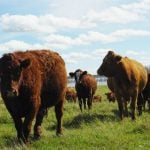
Features

Canada’s Farm Show live for 2022
All of the popular features and much more will be welcoming visitors in June
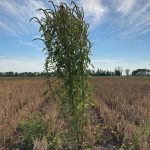
Look out for strange weeds this year
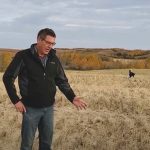
The best fit for pre- or post-harvest treatments
With erratic growing season conditions producers need to be flexible with fall weed control plans
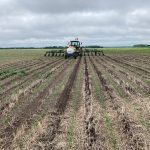
Fertility tips for corn
How to get the most out of your fertilizer dollars

How to prevent insecticide resistance from developing on your farm
It doesn’t happen often on the Prairies but when it does product overuse is often to blame
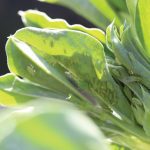
Don’t let pea aphids suck the yield out of your plants
Assess your risk, scout your crop, cultivate beneficial insects and watch crop timing

Effective insect sampling tips
An entomologist offers recommendations and insights on pest population sampling

A new way to water crops
Some Prairie farmers are opting for subsurface drip irrigation to boost crop production and increase water use efficiency

Flea beetles in canola: to spray or not to spray
Scouting your canola fields early — right after crop emergence — should tell you if foliar insecticide is needed or not

Blackleg is still a threat for canola
Resistant hybrids may not be enough to keep your fields safe from this canola disease


